Author
Andy Cagle
Share
If your business extends credit terms to its customers when invoicing for delivered goods or services, you may be familiar with the negative impacts that slow-payments can have on your cash flow. While extending credit terms can be a useful tactic to negotiate with your customer, over-extending your business’s ability to get paid on-time, is not.
Slow-paying customers can impact your business in several ways, including but not limited to:
- Disrupting payroll disbursements
- Delays in production or service delivery
- Reduced ability to stock inventory
- Increased need to take on new or additional debt
According to the Office of Small Business at Exim Bank, 60% of invoices in the U.S. are paid late by an average of seven days. A week may not seem like much, but when you consider that businesses continually need cash flow to meet payroll obligations and to purchase additional supplies for completing new or existing orders, seven days seem more distressing. Given the recent liquidity crunch brought on by the COVID-19 pandemic, suppliers are stuck facing a growing number of unfavorable conditions that may not change in the foreseeable future.
Therefore, it is now more important than ever to ensure your business is paid on-time for delivered goods or services. One way to ensure stable cash flow is to use a service like Invoice Financing, which outsources collections and advances funds from your invoices to pay your business faster. For over 20 years, LSQ has been advancing funds from invoices and collecting customer payments. And with that experience, we’ve come up with six helpful tips that you can follow to get your customers to pay you faster:
Have a clear understanding of which invoices
are past due or approaching term dates
Having a system of record to track the status of your invoices allows you to stay current with customers and helps you quickly identify which accounts require the most attention. Consider using a form of accounting software like Quickbooks or LSQ’s Dashboard to track your invoices’ status and ensure your customers are not falling behind on their payment obligations.
Create a standardized approach for reaching
out to customers
The more consistent you are in your approach when collecting from customers, the better your chances are of receiving payments. Consistency can take the form of your preferred style of communication (email or phone), messaging (inquiring on payment status), when you reach out (x amount of days after an invoice is past due), and who you’re contacting (an individual or department).
Open dialogue with your customer
Make an effort to understand your customer’s business and billing requirements when invoicing for delivered goods or services. Providing the correct billing information the first time around submitting an invoice can help speed up your customer’s approval process and reduce the amount of time it takes for you to get paid. The more you understand and engage with your customer, the better your chances are of your invoices going to the top of the pile.
Promptly invoice your customer after
delivering goods or services
An often overlooked piece of advice is to bill your customer immediately after delivering goods or services. While this may seem fairly straightforward, most business owners are either too busy or forget to do so. If you invoice your customer on credit terms of 30 days or more, forgetting to invoice on Day 1 can significantly impact your cash flow. To avoid this mistake, make it a habit to immediately invoice your customer following the delivery of goods or services.
Monitor your customer’s credit health
Staying current with your customer’s credit health allows you to be more confident in their ability to pay your invoices on time. Regularly pulling credit reports on your customers and reviewing their financial statements helps you stay present in identifying any risks associated with their business. For a more in-depth understanding, consider using a third-party credit provider such as Dun & Bradstreet and Experian to help assess your customers’ payment behavior and creditworthiness. We also encourage you to download LSQ’s Guide to Navigating Customer Credit, written by our Risk and Underwriting teams, to help you better understand how to assess your customer’s credit.
Stay top of mind, but don’t overdo it
Lastly, and most important of all, stay top of mind with your customers, but don’t overdo it. Consider sending weekly reminders to your customer with a summary of each invoice that has become past due. Doing so will help you limit the number of times you reach out and reduce any unnecessary traffic to their inbox. The last thing you’d want to do is reduce your chances of getting paid by damaging your customer relationship through repeated, unwarranted outreach.
About LSQ
LSQ helps businesses better manage their cash flow to make the most of whatever they’ve earned. Offering invoice financing and supply chain finance solutions, LSQ provides clients with a simple, secure, and honest funding experience. LSQ blends human insights with the analytical power of technology to develop products that give customers the means to accelerate the flow of business. LSQ, headquartered in Orlando, Florida, has helped 1,000s of companies access $25 billion in its 20+ years in business. Learn more about our solutions at www.lsq.com/
Stay in the loop





